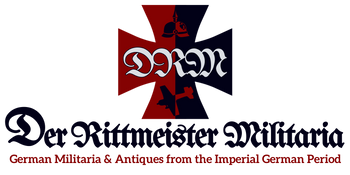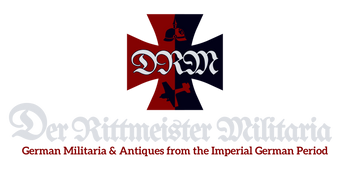The German Revolution (1918–1919)
CLICK HERE FOR ALL PRODUCTS RELATED TO THE GERMAN REVOLUTION
Overview
- The German Revolution was a series of events that dismantled the German Empire and led to the establishment of the Weimar Republic.
- It began with widespread unrest due to World War I hardships and culminated in Kaiser Wilhelm II’s abdication on November 9, 1918.
Key Events and Timeline
-
Kiel Mutiny (October 29–November 3, 1918):
- German sailors in the Baltic port of Kiel mutinied against orders to engage in a final naval battle.
- The revolt quickly spread to other ports and cities, triggering workers’ and soldiers’ uprisings.
-
Proclamation of the Republic (November 9, 1918):
- Philipp Scheidemann, a Social Democrat, declared the German Republic from the Reichstag balcony in Berlin.
- Meanwhile, Karl Liebknecht, a communist leader, proclaimed a socialist republic, highlighting the ideological divide.
-
Armistice Signing (November 11, 1918):
- The armistice was signed in Compiègne, France, officially ending World War I.
- German forces began withdrawing from occupied territories, while unrest continued at home.
-
Spartacist Uprising (January 5–12, 1919):
- Led by Rosa Luxemburg and Karl Liebknecht, the Spartacists (communists) attempted to seize control in Berlin.
- Suppressed by the Freikorps (paramilitary groups), marking the beginning of violent clashes between leftist and rightist factions.
-
Weimar Assembly (February 1919):
- A constitutional assembly met in Weimar to draft Germany’s first democratic constitution.
- Friedrich Ebert, leader of the Social Democrats, became the first President of Germany.
Key Figures
- Kaiser Wilhelm II: The last German Emperor, who abdicated and fled to the Netherlands.
- Friedrich Ebert: Leader of the Social Democratic Party (SPD) and transitional leader of Germany.
- Rosa Luxemburg: Co-founder of the Spartacist League, advocating for a workers’ revolution.
- Karl Liebknecht: Prominent communist leader who sought to establish a Soviet-style government.
- Philipp Scheidemann: Social Democrat who declared the German Republic.
Regional Focus
-
Berlin:
- The epicenter of the revolution, where key events like the Spartacist Uprising and workers’ strikes unfolded.
- Landmarks such as the Reichstag and Brandenburg Gate became rallying points for demonstrators.
-
Kiel and the Northern Ports:
- The Kiel Mutiny set the revolution in motion, with sailors establishing councils (Soviets) to challenge military authority.
-
Bavaria:
- Declared an independent Bavarian Soviet Republic in April 1919, inspired by Russian Bolshevism.
- The experiment ended violently when Freikorps forces suppressed the uprising.
-
Ruhr Valley:
- A hotspot for worker unrest due to its industrial base. Strikes and occupations characterized this region during the revolution.
Cultural and Social Impact
-
Women’s Rights:
- The revolution brought significant advancements, including women’s suffrage in 1919.
- Women participated actively in protests, strikes, and political organizing.
-
Rise of Paramilitary Groups:
- The Freikorps emerged during this period, consisting of ex-soldiers who opposed communism and supported nationalist causes.
- These groups played a key role in suppressing leftist uprisings but later contributed to political instability.
-
Art and Literature:
- Expressionist art captured the chaos and hope of the revolutionary period, with artists like George Grosz creating satirical depictions of political elites.
- Writers like Heinrich Mann explored themes of social change and disillusionment.
Collectibles from the Revolution
-
Military Memorabilia:
- Medals and insignia from the Freikorps, including rare unit-specific badges.
- Helmets and uniforms from both revolutionary and counter-revolutionary forces.
-
Documents and Propaganda:
- Leaflets and posters from socialist, communist, and nationalist movements.
- Original editions of newspapers like the Spartacus League’s Rote Fahne (Red Flag).
-
Political Ephemera:
- Items related to the Weimar Assembly, such as constitutional drafts and voting paraphernalia.
- Commemorative coins or medallions issued during the early Republic.
-
Cultural Artifacts:
- Expressionist art prints or reproductions tied to the revolution.
- Books or pamphlets authored by figures like Rosa Luxemburg and Friedrich Ebert.
Connections to Display and Storytelling
- Highlight the tension between ideologies (communism vs. democracy) through paired items, such as Freikorps badges alongside Spartacist propaganda.
- Create regional displays that showcase key cities like Berlin, Kiel, and Munich during the revolution.
- Use visual storytelling with maps and photographs to place artifacts in historical context.





